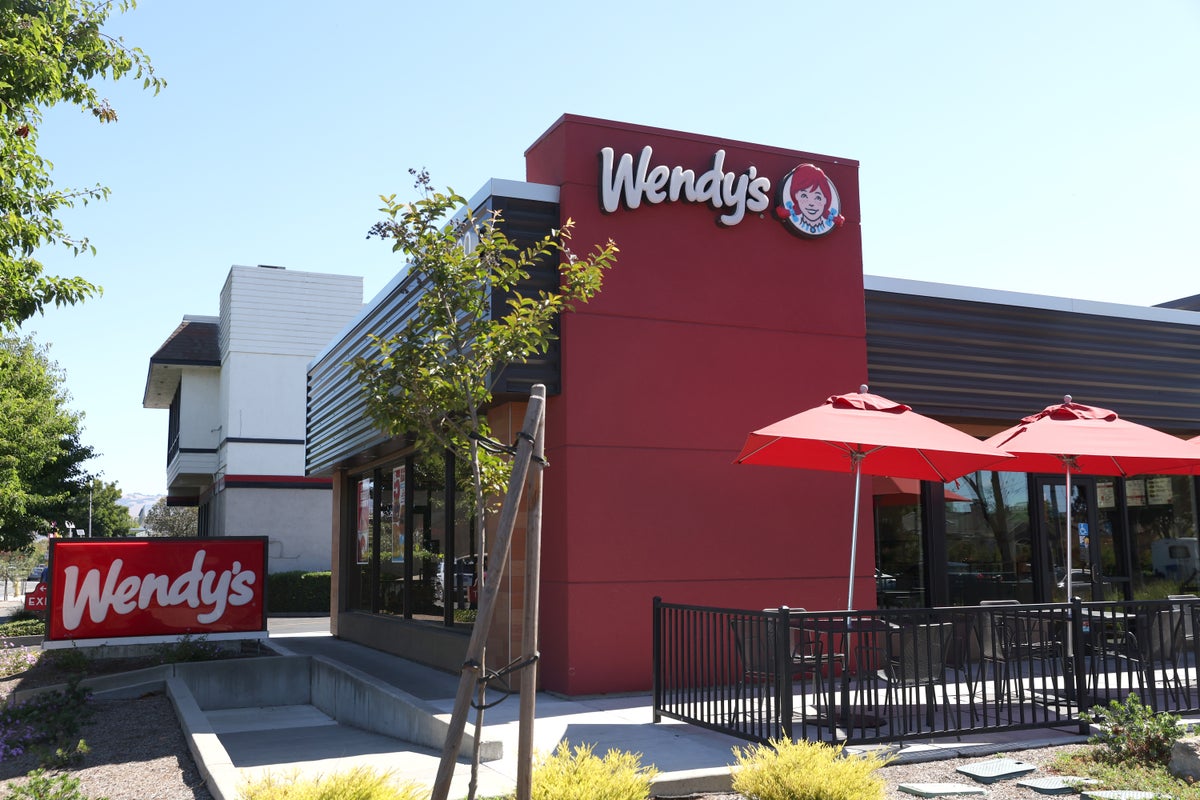ExxonMobil reported strong third-quarter earnings for 2025, showcasing resilience amidst declining oil prices and a challenging operational landscape. The Houston-based energy giant attributed its success to robust production from its assets in both the Permian Basin in the United States and the Stabroek Block offshore Guyana.
ExxonMobil’s operations in Guyana have become a cornerstone of its performance. The company made its initial discovery in the region in 2015 with the Liza-1 well, located in the expansive 6.6-million-acre Stabroek Block. This area surprised many industry experts, as previous drilling attempts in Guyana’s waters had yielded no commercially viable hydrocarbons. ExxonMobil, which operates the block with a 45% working interest, partners with Hess, now part of Chevron, holding 30%, and CNOOC, which controls the remaining 25%.
Within just four years of its initial discovery, ExxonMobil achieved first oil from the Liza-1 site, a remarkable feat in an industry where such developments typically take a decade or more. By the end of 2019, production reached approximately 49,000 barrels of oil per day from the Liza Destiny floating production, storage, and offloading (FPSO) vessel. Currently, there are four active FPSOs in the Stabroek Block with a total capacity of 900,000 barrels per day. By September 2025, production levels had surged to over 850,000 barrels daily, according to data from Guyana’s Ministry of Natural Resources.
Despite these impressive production figures, ExxonMobil’s upstream earnings faced challenges. The company’s earnings for the third quarter of 2025 totaled $5.7 billion, a 7.8% decline year-on-year, while earnings for the first nine months of the year dropped 5.6% to $17.8 billion. The decrease in earnings per share reflected this trend, with figures at $1.76 for the quarter and $5.16 year-to-date, marking declines of 8.3% and 16%, respectively. These setbacks stemmed largely from plummeting oil prices; the international Brent price fell 13% year-on-year during this period.
In a show of confidence, ExxonMobil increased its quarterly dividend by four cents per share, a 4% rise, bringing the fourth quarter dividend to $1.03. This decision translated into a total dividend payment of $4 for the year, yielding a healthy 3.5% return for shareholders.
ExxonMobil’s operations in Guyana continue to expand. The Yellowtail project commenced production in late August 2025 with the ONE GUYANA FPSO. Once fully operational, this facility is expected to pump 250,000 barrels of crude oil per day, contributing to the target of 900,000 barrels daily in the Stabroek Block. The Golden Arrowhead grade crude oil from this region is particularly sought after due to its low sulfur content and high quality, with an API gravity of 36.5 degrees and an emission intensity of only 9 kilograms of carbon per barrel, significantly lower than the global average.
The Stabroek Block boasts a low breakeven price of approximately $30 per barrel, allowing ExxonMobil to remain profitable even in a declining price environment. Future projects include the Uaru and Whiptail developments, each expected to cost $12.7 billion and add 250,000 barrels of capacity, along with 92 production and injection wells to the block. Uaru is anticipated to commence operations in 2026, while Whiptail is projected to start in 2027.
In late September 2025, Exxon approved the Hammerhead development, the seventh project in the Stabroek Block, projected to cost $6.8 billion and yield a capacity of 150,000 barrels per day. This development increases the total committed investment in the Stabroek Block to $60 billion, positioning ExxonMobil as a major player in the region’s oil sector. Once operational, Hammerhead will elevate the Stabroek Block’s total capacity to 1.5 million barrels per day, making Guyana South America’s second-largest oil producer after Brazil.
The success of ExxonMobil in Guyana also positively impacts the nation’s economy, which is experiencing double-digit GDP growth, now making it the wealthiest country in South America in terms of GDP per capita. The favorable production sharing agreement with the Guyanese government, characterized by an exceptionally low royalty rate of 2%, complements the advantages of the Stabroek Block’s low breakeven costs and high-quality crude oil.
ExxonMobil’s continued investment in Guyana underscores the potential for sustained profitability and growth, even as the global oil market faces uncertainties.







